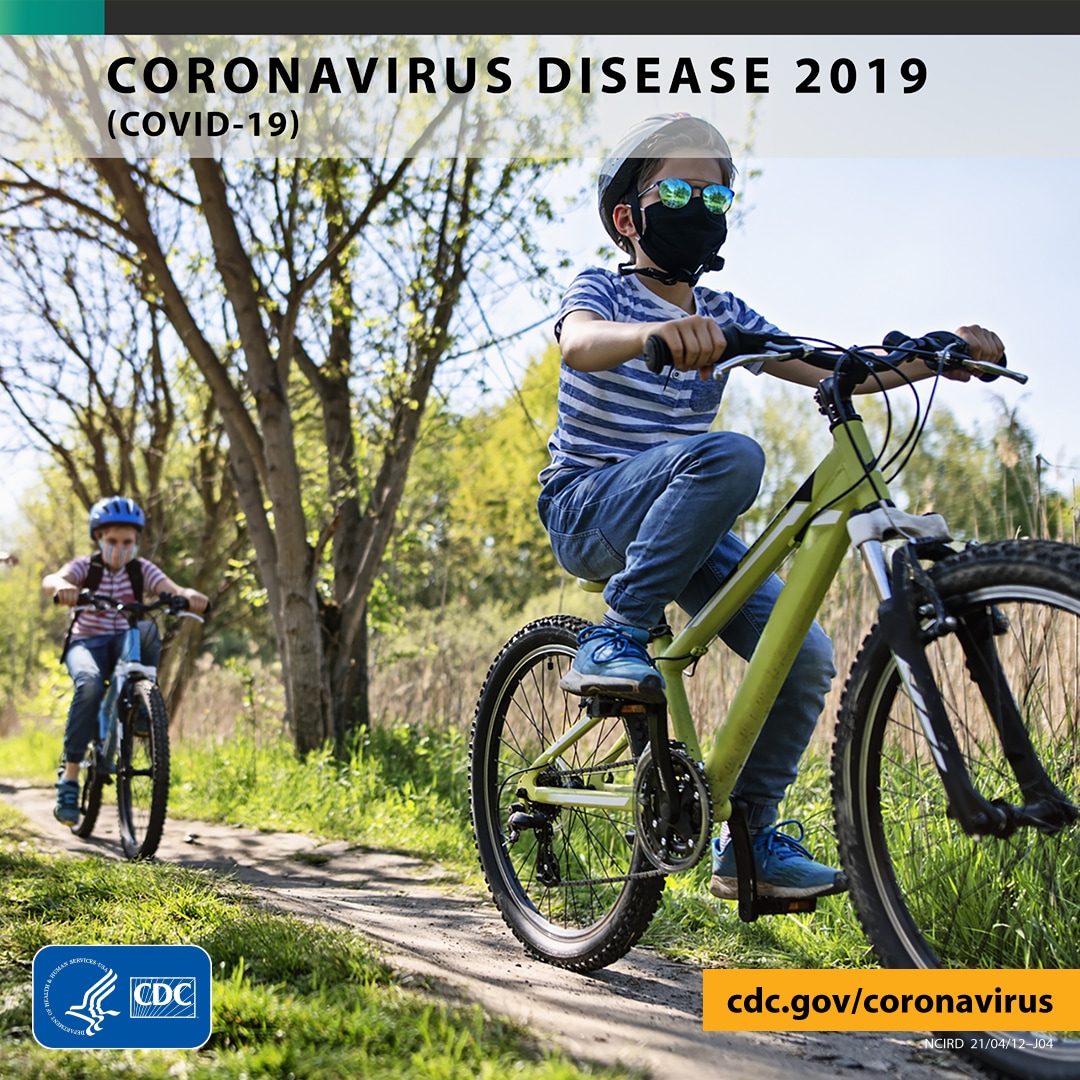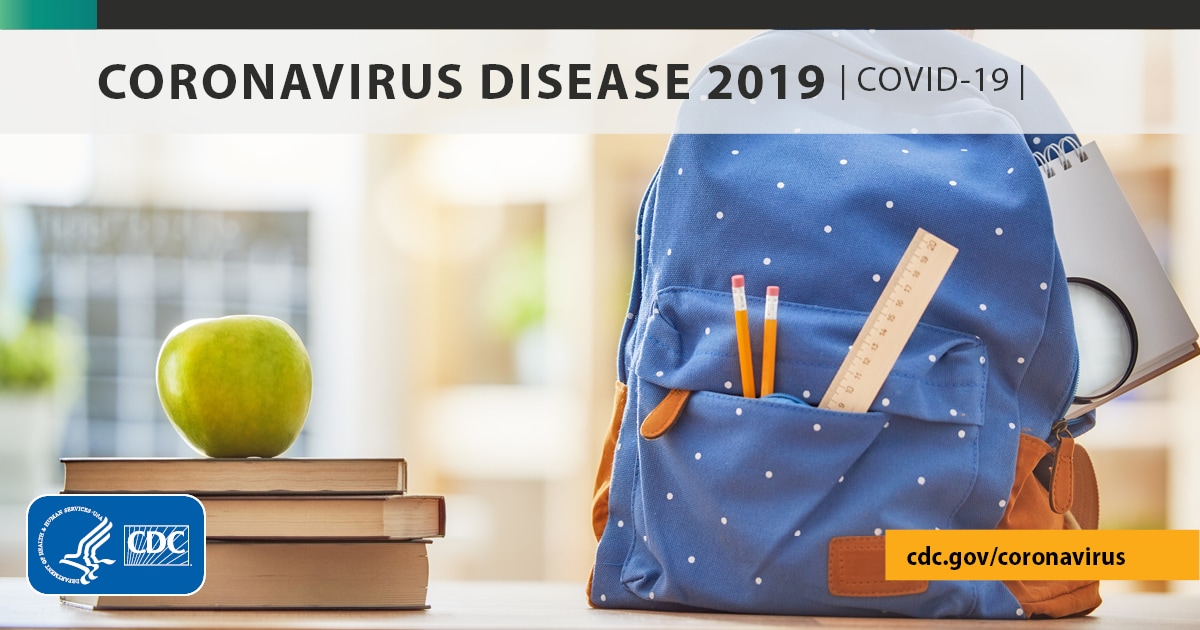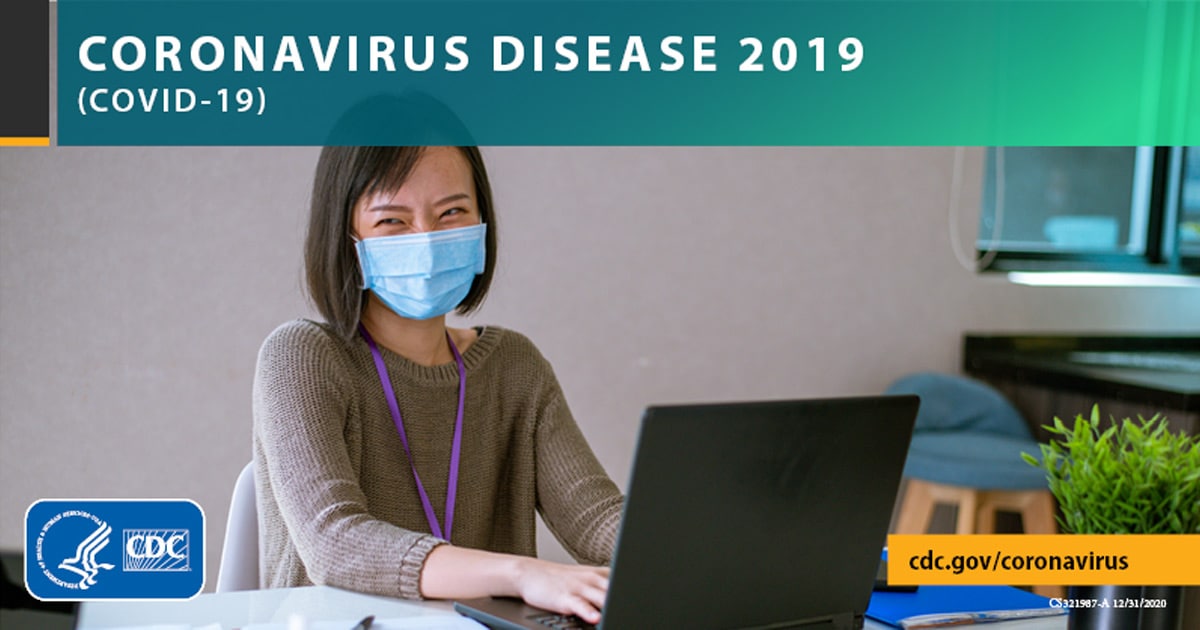COVID-19 and Rural Communities

Long-standing systemic health and social inequities have put some rural residents at increased risk of getting COVID-19 or having severe illness. In general, rural Americans tend to have higher rates of cigarette smoking, high blood pressure, and obesity as well as less access to healthcare which can negatively affect health outcomes. They are also less likely to have health insurance.
Rural communities are also becoming more diverse racially and ethnically. Racial and ethnic minority groups including, African Americans, Hispanics and Latinos, American Indians/Alaskan Natives, and Asian/Pacific Islanders, are at increased risk of getting COVID-19 and having severe illness.
Rural areas can face different health challenges depending on where they are located. Each rural community should assess their unique susceptibilitypdf iconexternal iconpdf iconexternal icon and social vulnerability to COVID-19. Many rural communities are considered highly vulnerable according to CDC’s Social Vulnerability Index (SVI). The SVI includes factors such as housing, transportation, socioeconomic status, housing, race and ethnicity, and language which can be helpful in determining how to help support rural communities before, during, and after COVID-19.
Rural communities also have strengths, assets, and protective factors that public health can use to tailor policies and messages designed to:
- reduce the risk of COVID-19 community spread and
- improve the general health of rural populations, which may minimize the severity of COVID-19.



